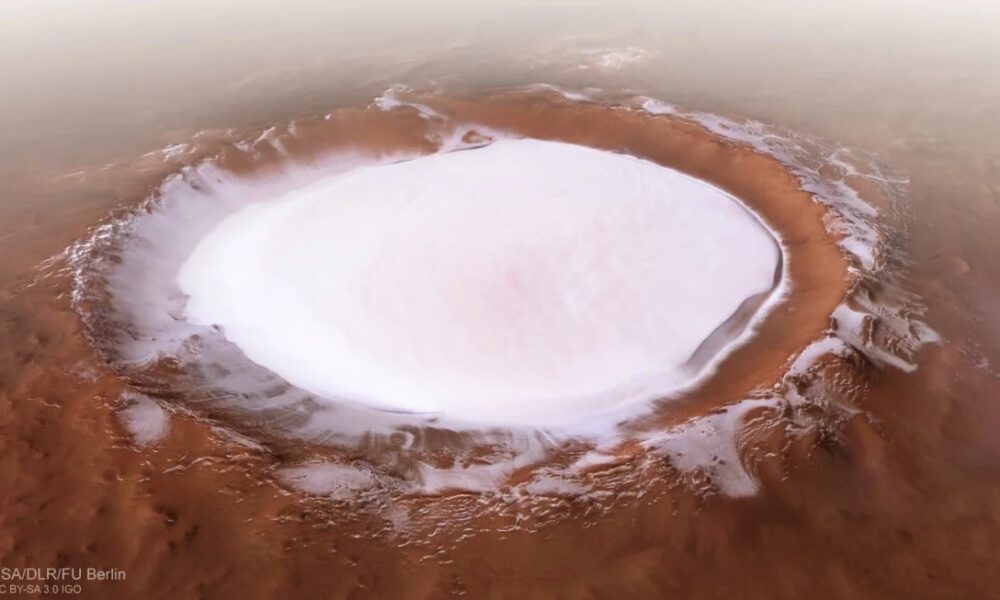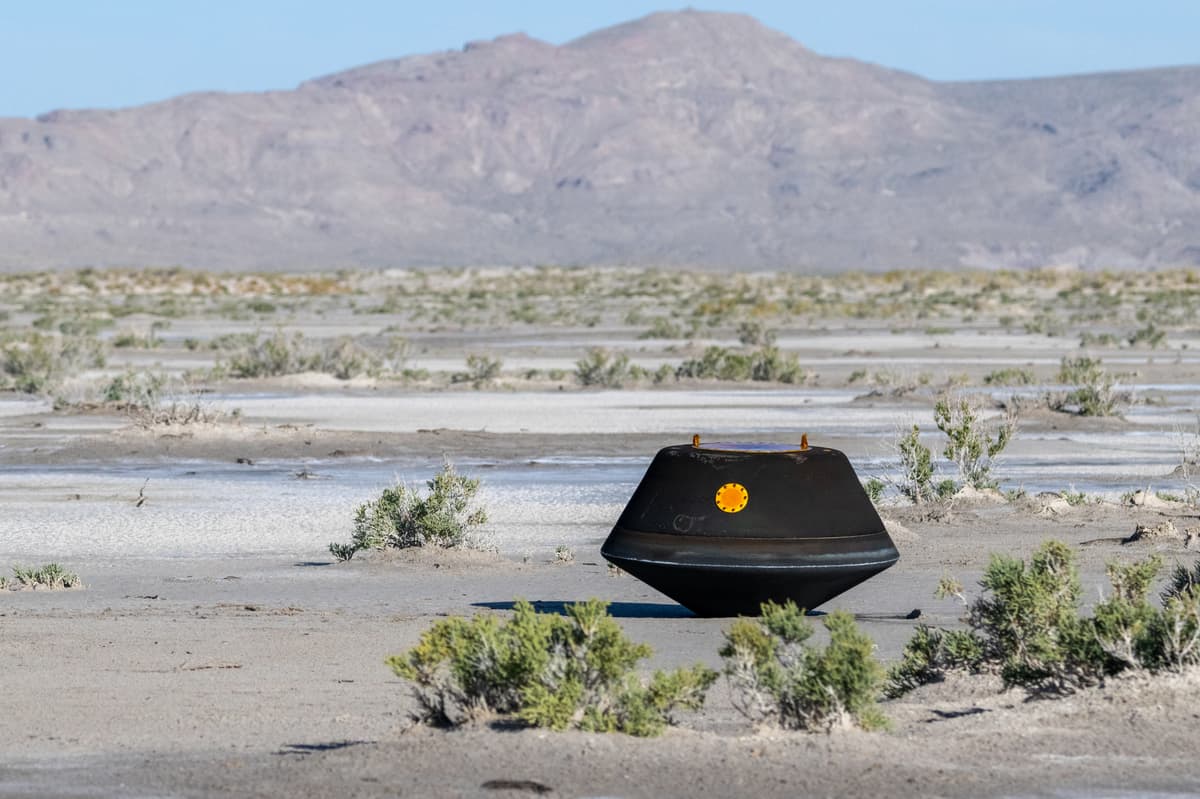Research conducted by a team of Japanese scientists has revealed that ice deposits within Mars’ craters serve as historical records of the planet’s climate. This study, published in the journal Geology in March 2025, uncovers evidence that Mars experienced multiple ice ages over hundreds of millions of years, shedding light on the processes that transformed the planet from a warmer, wetter environment into the frozen landscape observed today.
Scientists have long noted that the Martian surface features, including river channels, delta fans, and clay-rich sedimentary deposits, indicate that water once flowed abundantly on Mars. The pivotal questions revolve around the volume of water that existed and the mechanisms that resulted in the planet’s current desiccated state.
Trishit Ruj, an associate professor at Okayama University and head of the Planetary Geology and Surface Simulation Laboratory (PGSSL), led the research. His team, which included experts from institutions such as the Kochi Institute for Core Sample Research, Brown University, and JAXA Institute of Space and Astronautical Science (ISAS), concentrated on glacial landforms preserved in craters located between 20°N and 45°N latitude.
Utilizing high-resolution images captured by the Mars Reconnaissance Orbiter (MRO), specifically the Context Camera (CTX) and the High-Resolution Imaging Science Experiment (HiRISE), the researchers identified craters exhibiting signs of past glaciation. These signs included ridges, debris from ice sheets, and distinctive pit formations.
Analysis of these features revealed a consistent clustering of ice deposits along the shadowed southwestern walls of the craters. This pattern persisted across various glacial periods throughout the Amazonian period, which spans from approximately 640 to 98 million years ago.
Dr. Ruj explained in a press release from Okayama University, “Like Earth, these shifts in Mars’ climate were driven by changes in the planet’s axial tilt, or obliquity.” The obliquity of Mars, which is roughly 25 degrees, can fluctuate dramatically, leading to cycles of glaciation and thawing. These cycles progressively resulted in a reduction of ice, evidencing that Mars has gradually dried out throughout its geological history.
The implications of this research extend beyond understanding Mars’ past. The findings could provide critical insights for future crewed missions that will depend on locally sourced water ice for essential resources such as food, drinking water, and oxygen production. Given the logistical challenges posed by the six to nine-month journey from Earth to Mars, employing in-situ resource utilization (ISRU) will be essential for sustaining human life on the planet.
Additionally, the methodologies developed for this study could be applied to address pressing environmental challenges on Earth. With climate change causing glaciers and ice caps to shrink, the same imaging and modeling techniques utilized in Martian research could assist scientists in monitoring terrestrial water resources and changes in ice dynamics.
Dr. Hasegawa from Kochi University remarked, “Mars serves as a natural laboratory for understanding how ice behaves over vast timescales. The insights we gain here can sharpen our understanding of climate processes on Earth as well.”
As researchers continue to explore the history of Mars, the knowledge gained may not only pave the way for human exploration but also enhance our ability to adapt to a changing climate on our own planet. The findings underscore the interconnectedness of planetary science and environmental stewardship, showcasing how studying other worlds can inform our approach to challenges at home.







